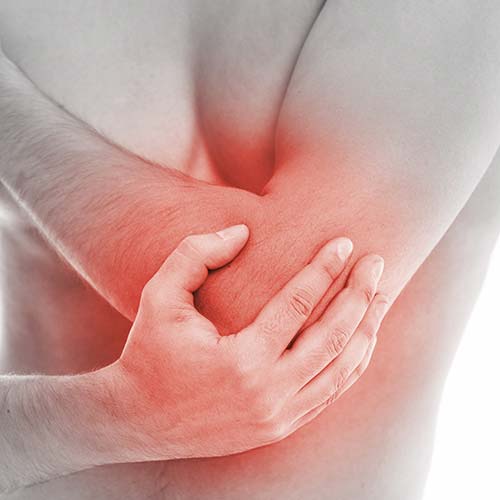PRP for Joint Pain
Joint pain can arise from various conditions, with osteoarthritis being a frequently encountered issue. This condition poses challenges when it comes to treatment and often results in chronic pain and potential disability. Although several approaches provide temporary relief, only platelet-rich plasma therapy has shown efficacy in addressing the underlying damage within your joint.
What causes joint pain?
Joint discomfort is a common condition that can affect various joints in your body. You may experience stiffness in the morning or persistently inflamed joints throughout the day. The severity of pain can vary, ranging from mild to extreme and potentially hindering your everyday tasks.
Joint issues are primarily caused by arthritis. Nevertheless, it’s important to note that arthritis encompasses a wide range of conditions, with osteoarthritis and rheumatoid arthritis being the most common among them.
When your joint pain begins to hinder your daily activities or persists despite trying conservative methods such as rest and applying ice, seeking appropriate treatment becomes imperative. Seeking professional help, when necessary, ensures that you receive proper care tailored to your specific condition. Early intervention can make a significant difference in managing and alleviating the symptoms.

Concerns that PRP for Joints Treats:
Soccer Injuries
Chronic Joints Pain
Sport Injuries

How Does PRP Help Managing Joint Pain
Platelet-rich plasma therapy, also known as PRP therapy or autologous conditioned plasma therapy, seeks to harness the innate healing abilities of blood to restore injured cartilage, tendons, ligaments, muscles, and even bones. This innovative treatment utilizes the body’s regenerative properties for repairing damage by leveraging platelets in the blood that are rich in growth factors and other beneficial substances essential for tissue regeneration and repair.
When using platelet-rich plasma to treat osteoarthritis, Dr. Manal administers the PRP through injections that are targeted directly at the affected joint. The aim of this approach is to:
• Reduce pain
• Improve joint function
• Repair damage to cartilage
• Lessen inflammation

How Does Our PRP Process Go?
1.
When you visit our clinic, Dr. Manal performs a thorough exam to pinpoint the origin of your joint pain.
2.
Once Dr. Manal determines the cause, she commences with building your PRP treatment plan.
3.
After that, Dr. Manal explains the treatment to you and informs you about the guidelines you need to follow before the procedure.
Frequently Asked Questions
How many PRP injections do I need?
Dr. Manal will determine the ideal number of PRP injections required for optimal results. However, it has been suggested that individuals with knee osteoarthritis may need to undergo 2-3 injections every two weeks. When it comes to treating tendon issues, experts recommend a schedule of one to two injections spaced two weeks apart.
What do I have to do before PRP injection?
To optimize the effectiveness of PRP therapy, it is highly recommended that you adhere to the following guidelines:
- Ensure that you are well-hydrated (drink at least a liter of water on the day of the injection).
- Avoid medications that affect platelet function, such as aspirin or ibuprofen, at least two weeks before and for two weeks after a PRP injection.
Inform us if you have any conditions that may affect the outcome of PRP, such as low platelet count, clotting disorders.
Do Platelet-rich plasma injections hurt?
Generally, no. Sometimes, the doctor will inject a local anesthetic into the skin to stop the PRP injection from hurting.
How long should I rest after platelet-rich plasma injections?
The determining factor usually comes down to whether an injection is administered into a joint or tendon.
If you’re dealing with arthritis, taking a break from activities like running or participating in sports for approximately one week is essential. However, once that time passes, you can cautiously begin engaging in non-impact exercises like swimming or cycling within a few days. While in the case of tendons, a slightly more extended period of time of up to 2 weeks is recommended.
How long do PRP injections last?
Generally, the effect of PRP therapy can vary among patients.

